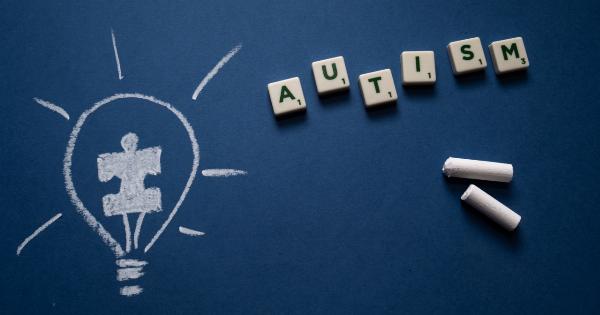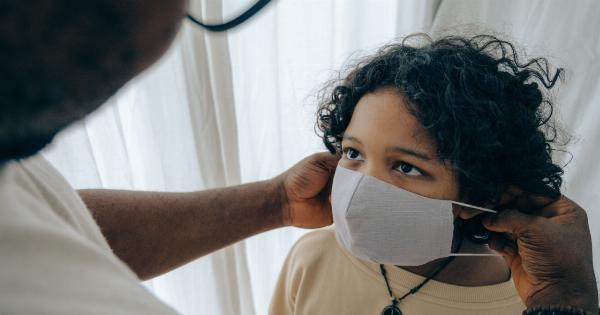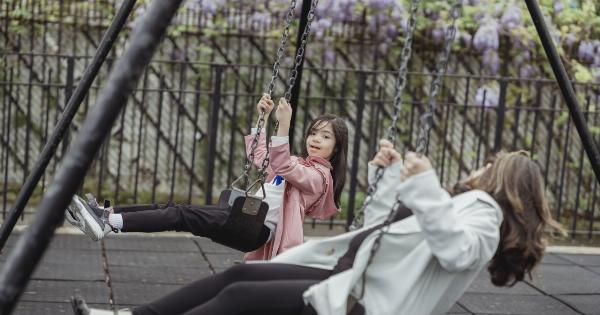Autism Spectrum Disorder (ASD) is a developmental disability that affects social interaction, communication, and behavior. The symptoms of ASD can be observed as early as in infancy.
One of the most apparent early signs of autism can be detected in a baby’s gaze. A baby’s gaze patterns are typically indicative of their cognitive development, and abnormal gaze patterns could be the early sign of ASD. Here, we look at ten telltale signs of autism in a baby’s gaze.
1. Lack of Eye Contact
The first sign of a baby’s gaze that raises red flags about the risk of ASD is a general lack of eye contact. Typically developing infants make eye contact with their caregivers and respond to changes in facial expressions.
They also follow the gaze of others. But babies at risk of ASD tend to evade gaze, and do not establish eye contact, which is one of the earliest and most common signs of the disorder.
2. Short Gaze Duration
Babies at risk of ASD tend to gaze for shorter durations than their peers.
In a study where researchers tracked eye movements of 2-6 months old infants, it was observed that infants later diagnosed with ASD had a much lower gaze duration than those without the disorder. Shorter gaze duration has been linked with impaired social and communication skills, which are crucial aspects of cognition.
3. Lack of Gaze Shifts
Gaze shifts are one of the earliest social communication skills that a baby develops. This is when a baby follows the gaze of another person. A lack of gaze shifts is a typical sign of autism.
In a study where researchers looked at gaze patterns of 9-month-old infants, they found that babies with autism were less likely to make gaze shifts than typically developing infants.
4. Inconsistent Gaze Patterns
A healthy baby makes consistent gaze patterns such as alternating between direct eye contact and glancing away. However, babies at risk for ASD demonstrate inconsistent gaze patterns.
They might avoid direct gaze with others altogether or start gazing intensely and then abruptly look away without any apparent reason. These erratic gaze patterns indicate an abnormality in social and cognitive development and could be an early sign of ASD.
5. Lack of Shared Attention
Shared attention is when two individuals focus their gaze on a common object or event. During their visual exchanges, they can engage in active social communication and learn from each other.
Babies with ASD might miss or not feel inclined to engage in shared attention with others. They might not follow random pointing from others or show things that are interesting to them. This indicates a lack of social responsiveness that is characteristic of ASD.
6. Lack of Facial Recognition
A typical infant learns to recognize faces in the early months of life. However, babies at risk for ASD might have difficulty recognizing their caregiver’s face.
Research indicates that these infants tend to gaze less at the eye region of the face and more at the mouth region. They also have a reduced ability to discern facial expressions. These abnormalities in gaze behavior suggest atypical development of the neural circuitry underlying social cognition.
7. Staring at Light or Objects
Babies with ASD are often fascinated by objects that light up or have moving parts. They might stare at the lights in their room or watch their hands waving instead of engaging in social interaction.
This is a sign of increased focus on repetitive or self-directed behaviors that is common in ASD infants.
8. Lack of Emotional Responsiveness
A typical infant responds emotionally to what is happening around them. They smile and become excited when they see their family or caregivers. Infants at risk for ASD, however, might not show such emotional responsiveness.
They might not smile or show any interest in events happening around them. Their gaze might remain fixed, and they might not react to social cues.
9. Hyperfocusing on Parts of an Object
Another sign of autism in a baby’s gaze is that they tend to focus too much on specific parts of an object. For example, instead of looking at the entire face, they might stare obsessively at the nose or ears.
This hyperfocusing could indicate a restriction of visual interests and impact social communication negatively.
10. Lack of Eye Alignment
A typical baby’s eyes should be correctly aligned, so the gaze is accurate in looking at objects. However, for babies with ASD, there might be a misalignment of their eyes with one eye wandering or pointing in an incorrect direction.
This can significantly impact visual attention and perception, which can be a significant sign of autism.






























